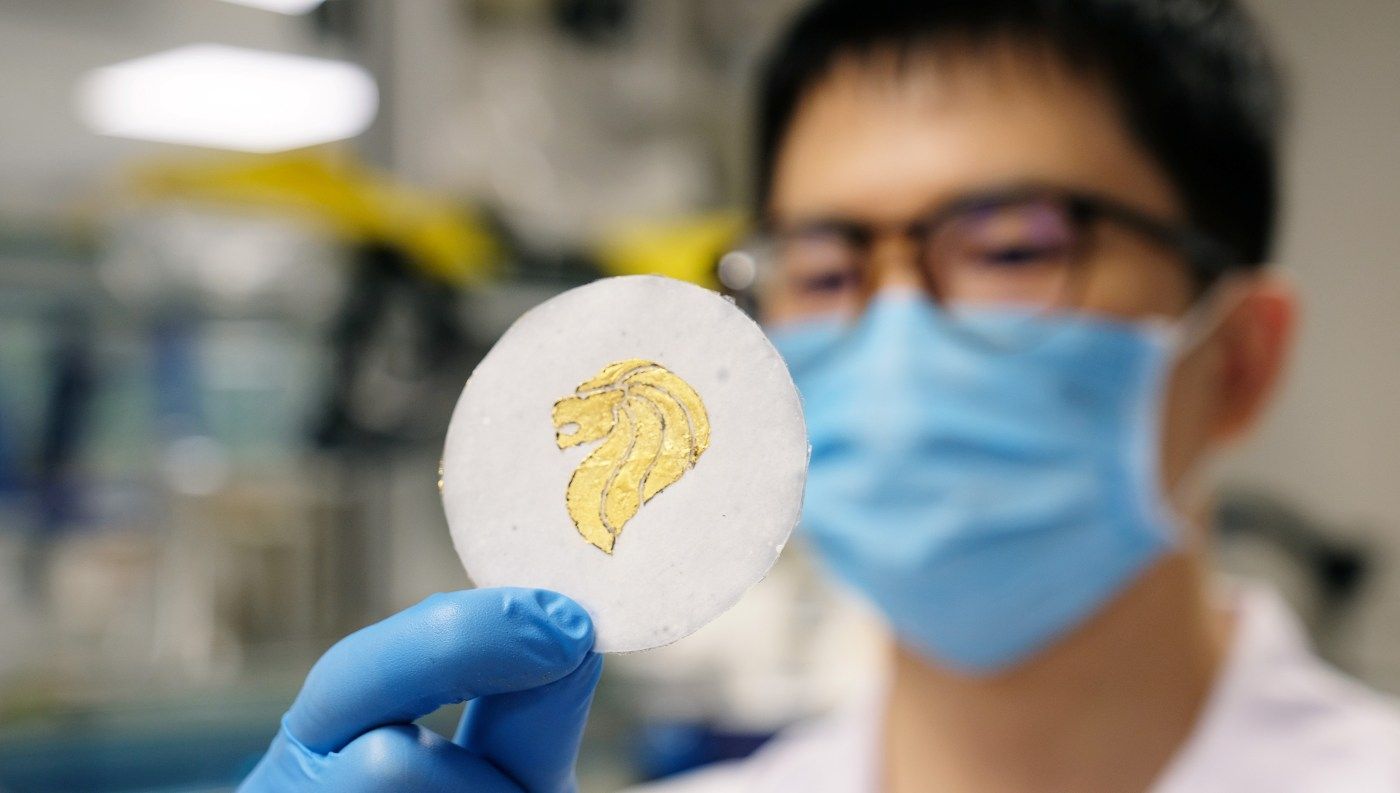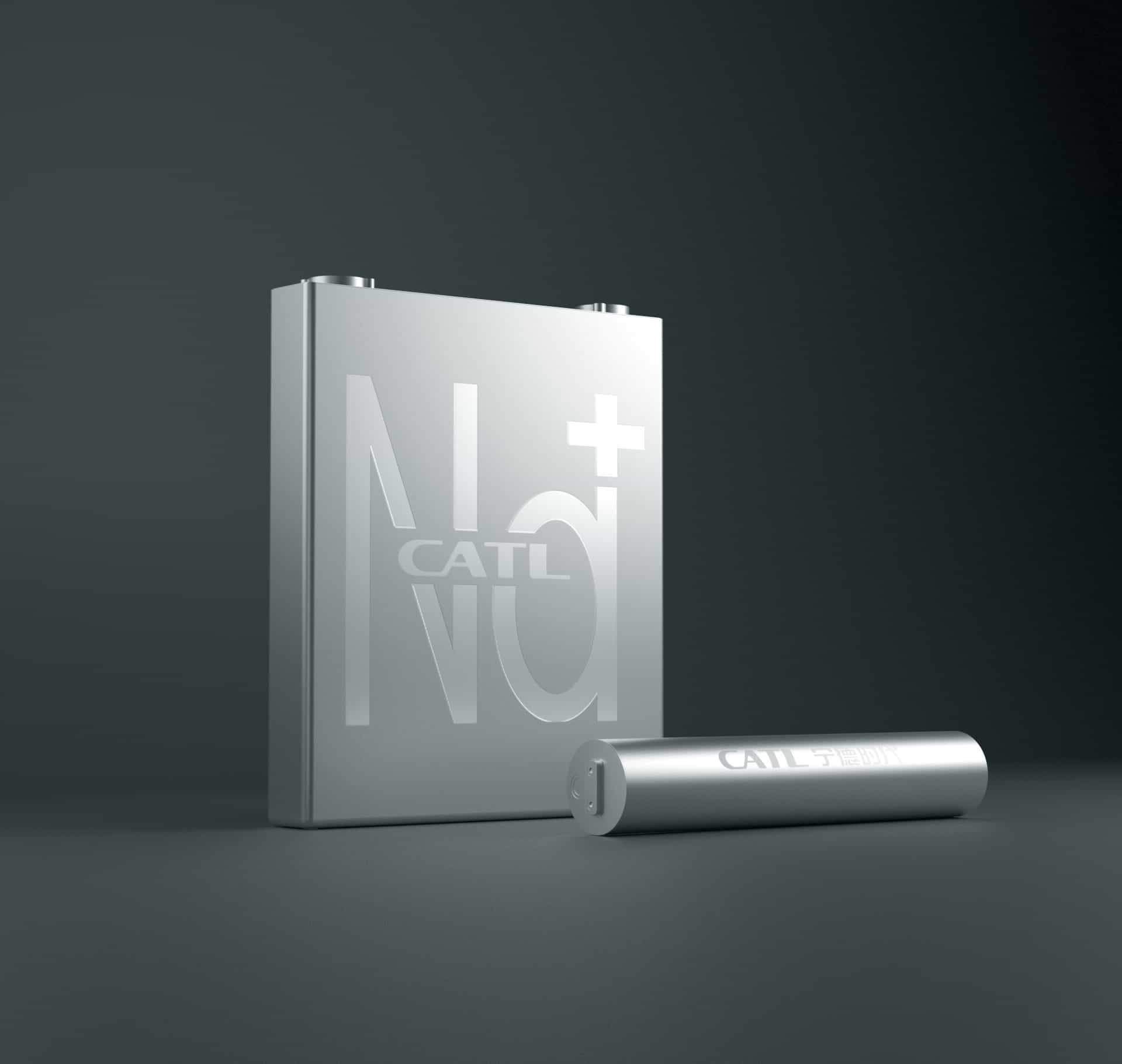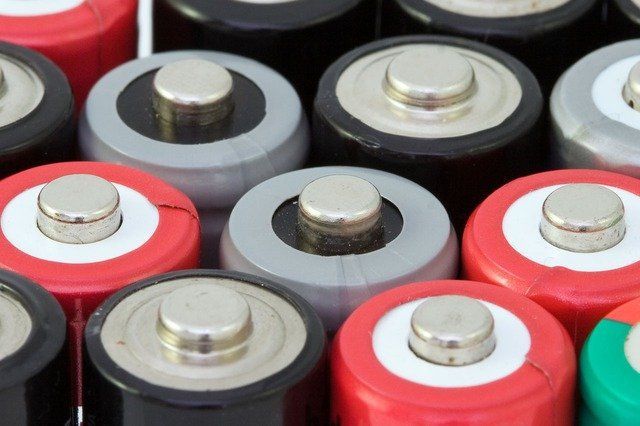
🔋 Biodegradable batteries solves e-waste
Scientists from Nanyang Technological University in Singapore have come up with a partial solution to the toxic e-waste of batteries - a biodegradable one that can be buried in soil.
Share this story!
Toxic e-waste is a rapidly growing problem, but fortunately, scientists from Nanyang Technological University in Singapore have come up with a partial solution to the toxic e-waste of batteries. A biodegradable battery that can be buried in soil once it no longer works and where it will decompose after about a month.
These new batteries are paper-thin and made of biodegradable zinc. The team behind the new batteries believes and hopes that, in the future, their invention could be an environmentally friendly alternative for powering smartphones and flexible wearable electronic devices.
Good News Network writes, “the NTU Singapore-developed zinc batteries are made up of electrodes (through which the electrical current leaves or enters the battery) screen-printed onto both sides of a piece of cellulose paper that has been reinforced with hydrogel. Once the battery has been expended, it can be buried in soil, where it breaks down completely within a month”.
In order to prove that their battery works, the team has demonstrated how the battery consisting of a small square of printed paper (4 cm by 4 cm) could power a small electrical fan for 45 minutes at least. The team also performed an experiment that showed that even if a part of the paper is cut away or bent, the battery keeps on working.
Professor Fan Hongjin, the study’s co-lead author, said to Good News Network:
“Traditional batteries come in a variety of models and sizes and choosing the right type for your device could be a cumbersome process. Through our study, we showed a simpler, cheaper way of manufacturing batteries, by developing a single large piece of battery that can be cut to desired shapes and sizes without loss of efficiency. These features make our paper batteries ideal for integration in the sorts of flexible electronics that are gradually being developed.”
Assistant Professor Lee Seok Woo from the NTU School of Electrical and Electronic Engineering and the study’s co-lead author, commented the research:
“We believe the paper battery we have developed could potentially help with the electronic waste problem, given that our printed paper battery is non-toxic and does not require aluminum or plastic casings to encapsulate the battery components.”
“Avoiding the packaging layers also enables our battery to store a higher amount of energy, and thus power, within a smaller system.”
The research is published in Advanced Science.


By becoming a premium supporter, you help in the creation and sharing of fact-based optimistic news all over the world.



